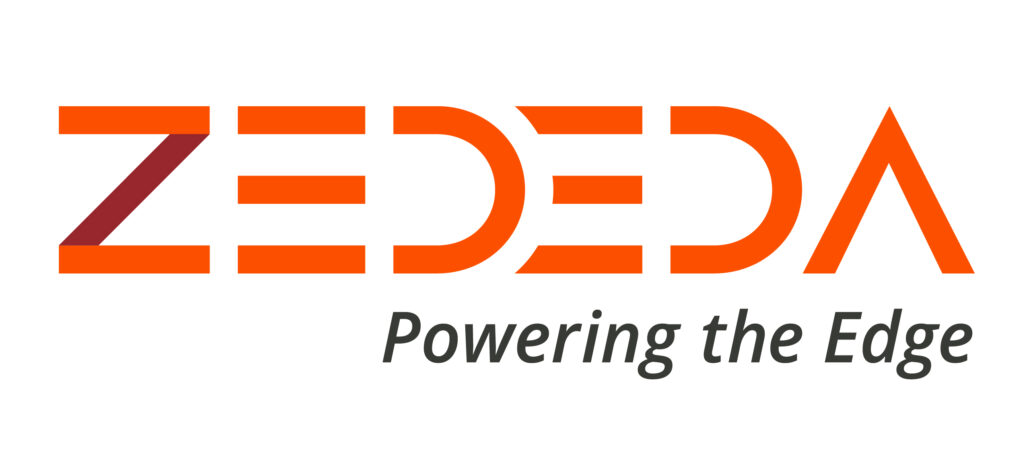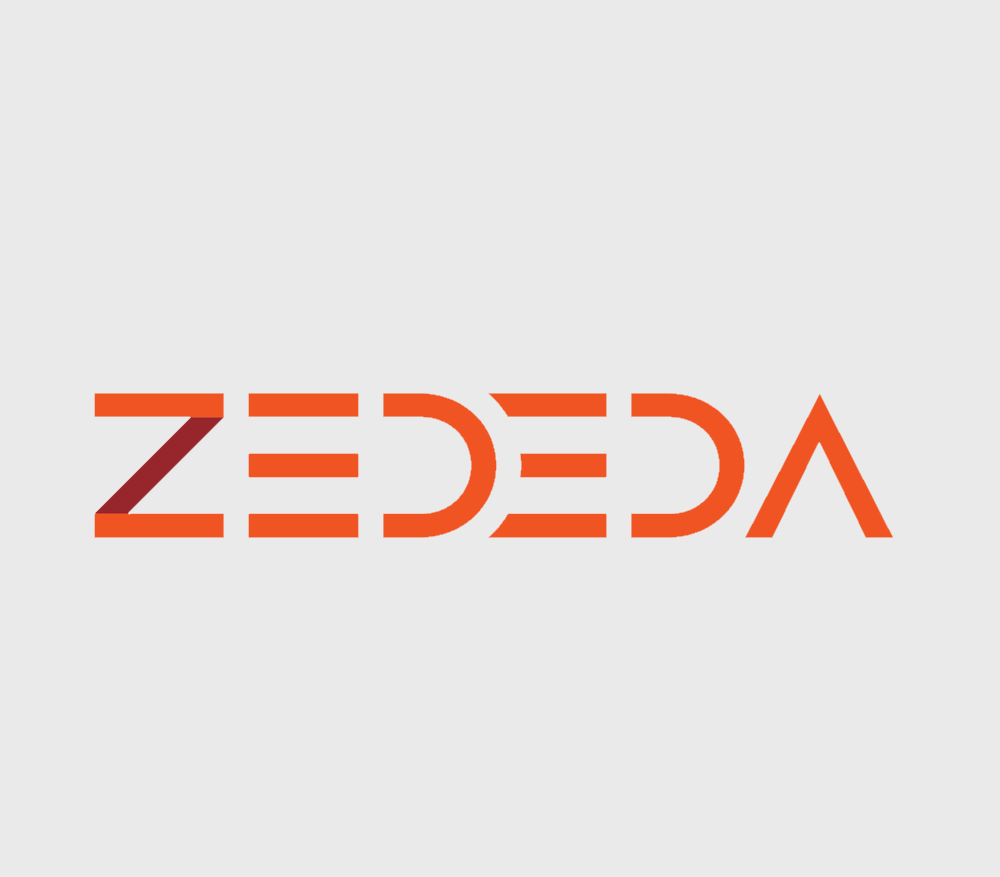
Edge computing isn’t a new concept. Forward thinking organizations have been working for the past couple of years to define their edge strategy, realizing the competitive advantage that this can create. And over the past year these efforts have accelerated, driven not just by new technologies but by the pandemic.
The COVID-19 crisis has reverberated around the world, disrupting most, if not all, industries. Infrastructure and Operations (I&O) personnel went from managing more than 365 million desktops within offices in 2019 to supporting more than one billion workers at home. The IT landscape at the beginning of 2021 looks drastically different than that of a year ago.
But as Chris Mixter, Gartner Vice President and Advisory, pointed out at last month’s Gartner IT Infrastructure, Operations and Cloud Strategies (IOCS) conference, one of the major side effects of this disruption is that IT has been pulled out of the back office and “into the sunshine”. In other words, the crisis created an opportunity for IT to shine.
In the session, “Reinvent Your Digital Foundations to Drive the Resilient Enterprise” Mixter explained that when CEOs were asked, “What effect will this crisis have on the pace of technology transformation at your company?”, 77% replied that it would “significantly accelerate.” According to Mixter, I&O leaders are moving forward, taking advantage of the increased visibility and seizing the opportunity for infrastructure-led innovation, across areas that include platform ops, cost intelligence, and workforce transformation.
Workforce transformation aligns to the idea that the future of I&O is less about traditional items like servers and the IT Infrastructure Library (ITIL) and instead focuses on those areas that bring IT closer to the lines of business: advanced analytics, automation, cloud competency, and continuous delivery, among others. All of these areas help organizations to not only transform their entire workforces, but to do it at scale.
And for many organizations, this is a change from within: Mixter says that since 2018, new heads of I&O are coming from functions from outside of the I&O function, and they are bringing new ideas and new requirements. One shift is a focus away from reliability-focused measurement to enablement-focused. Working and enabling are not the same thing and with a shift in focus to enablement, I&O is 7x more likely to exceed CEO expectations.
Another new area of opportunity is platform ops, which “enables software delivery teams inside and outside of IT to build and operate their own products.” According to Mixter, 41% of the non-IT workforce now customizes and develops technology for work. This isn’t shadow IT — this is condoned by the business, and it creates an opportunity for IT to partner with these business units via platform ops, providing traditional, cloud, and/or edge technologies that ensure those units have the support they need. As I&O focuses on enabling their customers, platform ops is critical and involves collaborating to enable the business unit to be agile, highly efficient, and to grow.
Infrastructure-led Innovation at the Edge
One area full of examples of infrastructure-led innovation is edge computing. According to Thomas Bittman, Gartner Vice President and Distinguished Analyst, edge computing is a fundamental part of digital transformation. In the session, “Edge Computing in Action,” Bittman outlined some of the trends driving this:
- The entire paradigm for data is flipping, moving from a download world to an upload one. According to Bittman, by 2022 the majority of data will be created at the edge. And while not all of this will be uploaded — much will be noisy, with a short half life, it will still need to be analyzed in order to extract value. And with such a massive amount of data, it must live and be managed at the edge.
- Interactions are flipping, meaning that no longer will people need to adapt to IT; instead IT must adapt to people. This means IT must extend to the physical world.
With the increased focus on innovation-led infrastructure, edge computing becomes critical to organizations. There is massive diversity within edge computing use cases, so will look different across organizations, but indisputable is the speed of uptake. Gartner predicts that by the end of 2021 half of organizations will have deployed one edge use case, and according to Bittman by the end of 2023, that number will have grown to six use cases.
This transformation won’t be without challenges. Bittman outlined the four main issues that organizations will have to solve in order to successfully deploy edge computing:
- How to serve a huge number of physical locations without IT staff?
- How to secure this entirely new idea of a perimeter?
- How to not only manage data at this scale, but also to govern it?
- How do we scale — both across use cases and topologies?
Fortunately organizations are not left to solve these challenges on their own. In the session “Strategic Roadmap for Edge Computing,” Gartner Research Vice President Bob Gill provided guidance for organizations building their edge strategy. The risk today, Gill said, is that the line of business in organization will embark on a single proof of concept for one use case. This is a tactical approach that may seem likely to succeed but in reality creates an environment within organizations that is difficult to support with monolithic silos.
How prevalent is this? According to Gill, through 2022 a lack of standardization or broadly accepted architecture will result in over 85% of enterprises deploying multiple, incompatible technology stacks. Bittman also addressed this, pointing out that through 2022, half of all edge computing solutions that were successful proof of concepts will fail to scale for production use.
How do organizations avoid these traps? Gill recommended looking for a standard edge architecture like that provided by LF Edge, which can be commonly adhered to across use cases, making it possible to reuse code. Gill pointed out that hardware abstraction is also critical, due to the sheer diversity at the edge, requiring technologies like edge virtualization and microservices to address this complexity.
Furthermore, in the session “From Cloud to Edge or From Edge to Cloud, There Is a Difference” he also addressed the value of not just a standardized architecture, but an open one. An open framework, Gill said, would provide stability and standardization for an edge in development, offering both extensibility and reusability.
Ultimately, enterprises need to figure out their edge strategy, particularly if their digital transformation efforts are to succeed. According to Bittman, within the next five years edge computing will be part of every organization’s infrastructure. 35% of the top performing companies have either already implemented edge computing or will have done so in the next twelve months. Before long, we will no longer be talking about edge computing as a future, far-off possibility, but as an integral part of maintaining competitive advantage. And with the COVID-19 crisis causing organizations to accelerate their technology transformation, the time to address your edge strategy is here.




